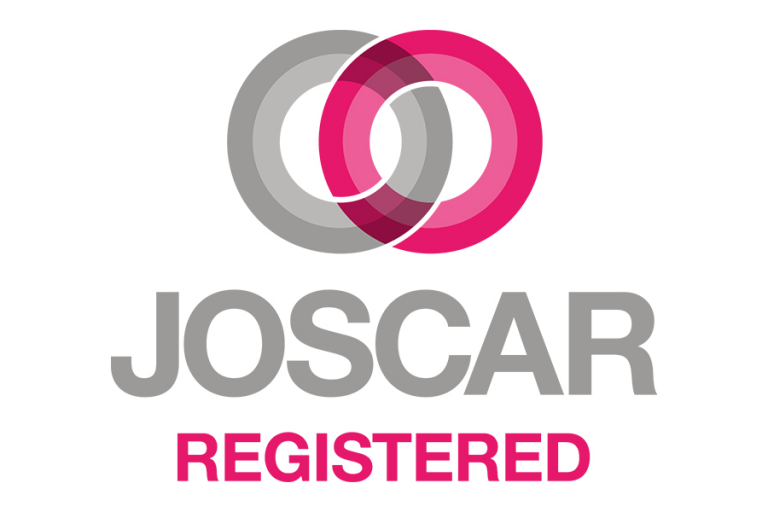Named Cabcentric, the product is a complementary application to CMPIC, Cloudis’ Cable Scheduling, Routing and Installation Management software.

Named Cabcentric, the product is a complementary application to CMPIC, Cloudis’ Cable Scheduling, Routing and Installation Management software.
